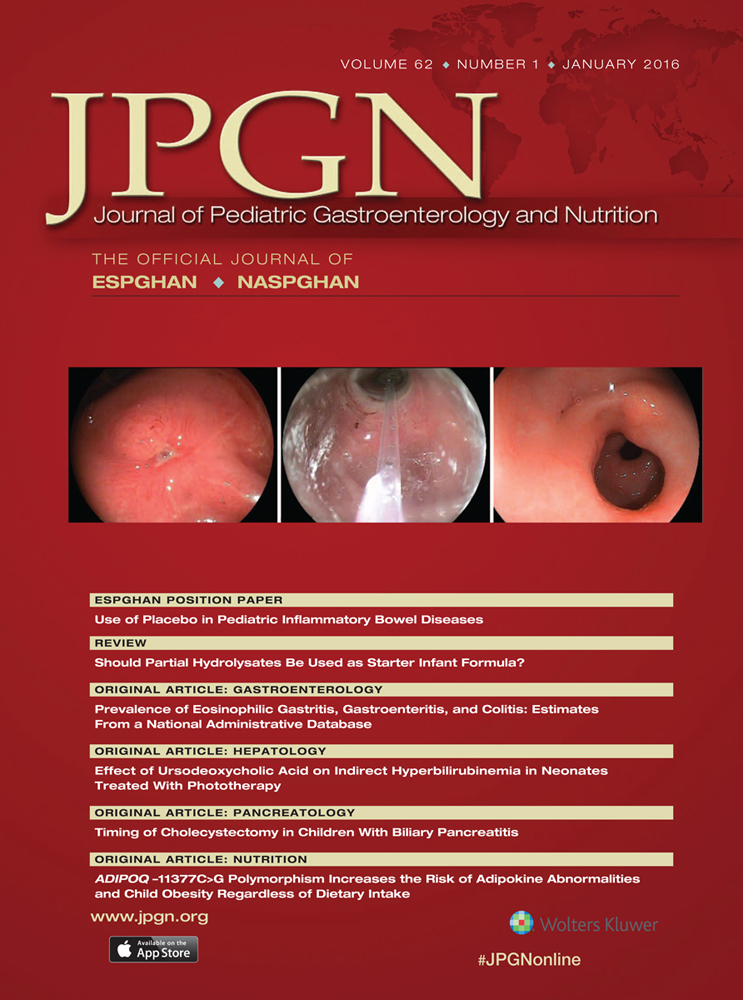Lack of Agreement on How to Use Antegrade Enemas in Children
The authors report no conflicts of interest.
ABSTRACT
Objectives:
The aim of the present study was to provide an overview of the existing literature regarding the outcomes of the antegrade continence enema (ACE) procedure and to assess the present practices of physicians worldwide regarding the use of the ACE.
Methods:
A search of the MEDLINE database was performed using the following criteria: having a clear definition of “successful outcome,” published in full manuscript form, sample size >20 patients, age <25 years. We then conducted a survey among 23 pediatric gastroenterologists and surgeons worldwide who were known to use the ACE using an 18-item questionnaire.
Results:
A total of 21 articles met the inclusion criteria. Successful outcomes were reported in 15% to 100%. Thirteen studies classified the outcome as full continence (success) or incontinence (failure), with a mean successful outcome of 75.6%. The 23 physicians who completed the questionnaire differed in their opinions about indications and mandatory preoperative testing. Constipation with (78%) or without (91%) fecal incontinence, anorectal malformations (96%), and spinal abnormalities (100%) were considered suitable indications for the ACE by the majority. There was less agreement regarding the required preoperative diagnostic workup. Most physicians (70%) start infusions using saline solutions and do not add a stimulant laxative to the cleansing solution.
Discussion:
There is a wide variation in the reported outcome of the ACE procedure and in the way success is defined. The survey identifies important differences among physicians using the ACE. Consensus on optimal use of the ACE could improve outcome of this treatment option.




